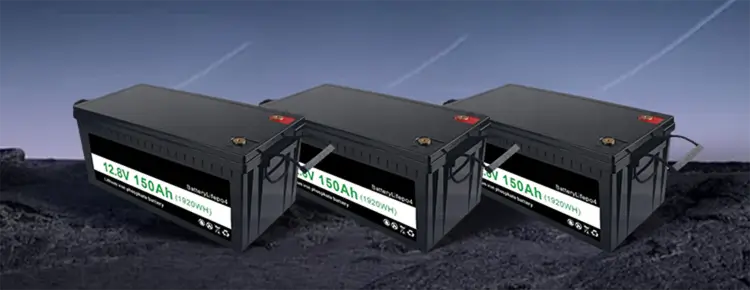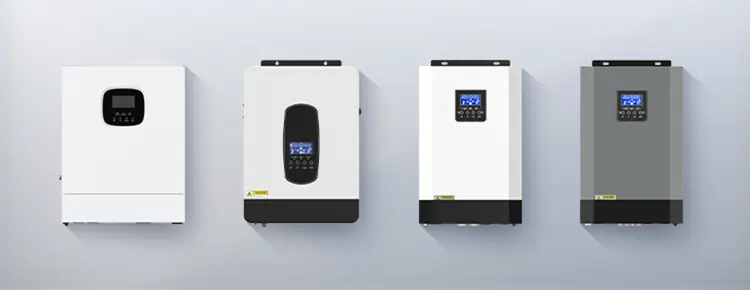


Blog
Hot Category
Latest Blog
13 Aug 2024
Eli
Because in the early days of electrification, countries developed their own power systems independently. The power supply voltage of various countries is affected by some comprehensive factors leading to different voltages, but it can be roughly divided into two types: 110V~130 and 220V~240V. The following is the voltage classification by country:
110V: Japan, the United States, Canada, Panama, Cuba, Mexico, etc.
220V: China, South Korea, UK, Germany, France, Italy, Australia, India, Singapore, Spain, etc.
Different voltages in the use of electrical appliances will have a certain impact, for example: the US gauge power supply is 120V/60HZ, which indicates that 100-120V electrical appliances can basically be used in the United States; The national standard power supply is 220V/50HZ, and appliances marked 220V-240V can generally be used directly in China.
There are 15 different types of sockets and plugs worldwide, A, B, C, D, E, F, G, H, I, J, K, L, M, N and O. These plug and socket types vary in shape, size and pin layout to adapt to appliance standards and grid voltages in different countries and regions.

Globally, there are significant differences in the standards for sockets and plugs in different countries, which brings a lot of inconvenience to international travelers. From an intuitive point of view, this difference is most directly reflected in the inability to directly use electrical equipment, resulting in the need to use conversion plugs or transformers to ensure the normal operation of the equipment. So now many products on the market will appear universal gauge interface, our company's products if necessary to provide this specification interface, this universal gauge interface can facilitate travelers to better use portable power to charge the electrical appliances they want to use.